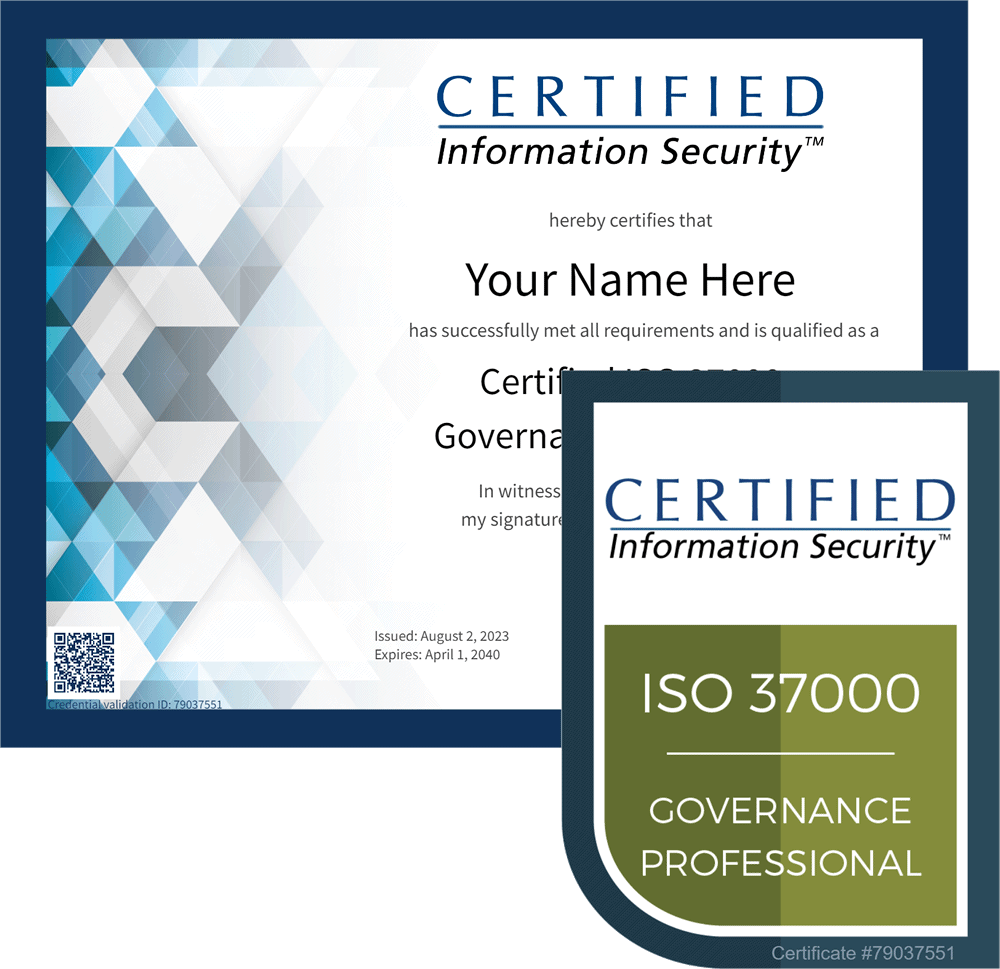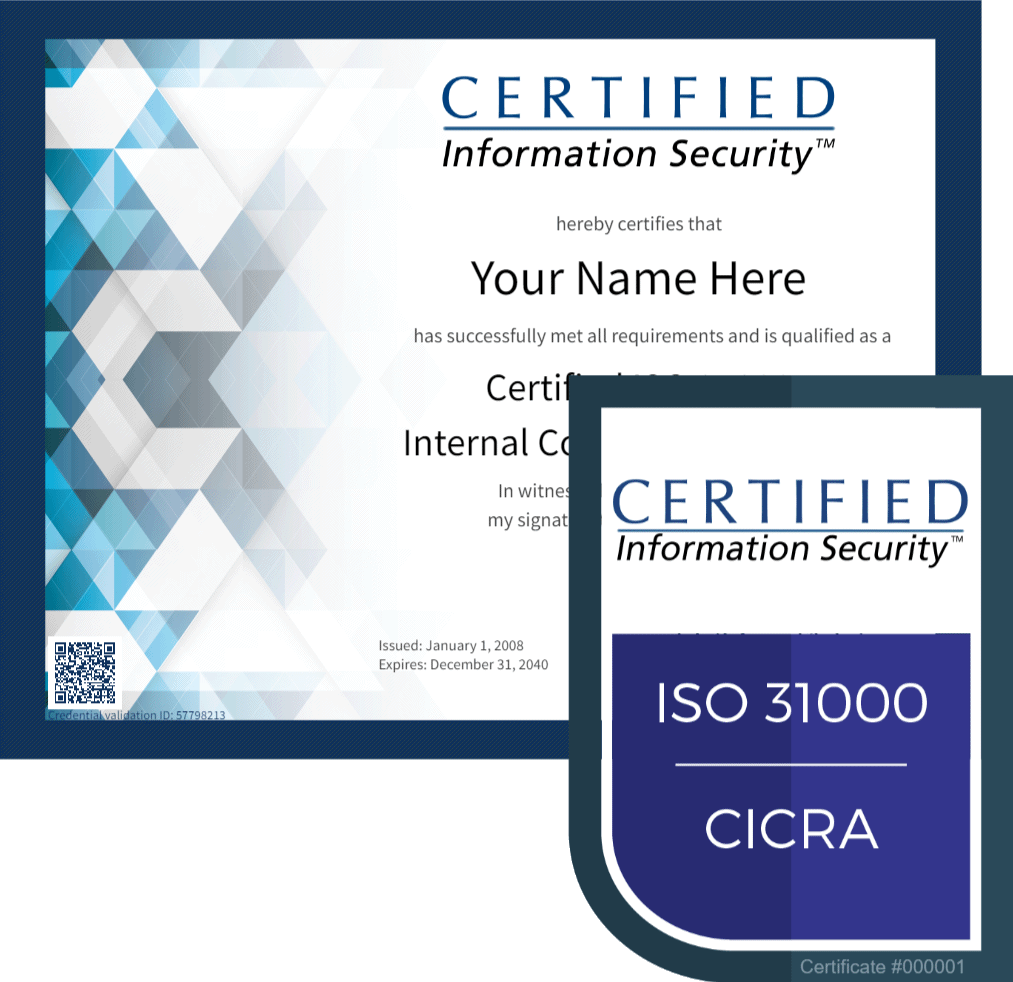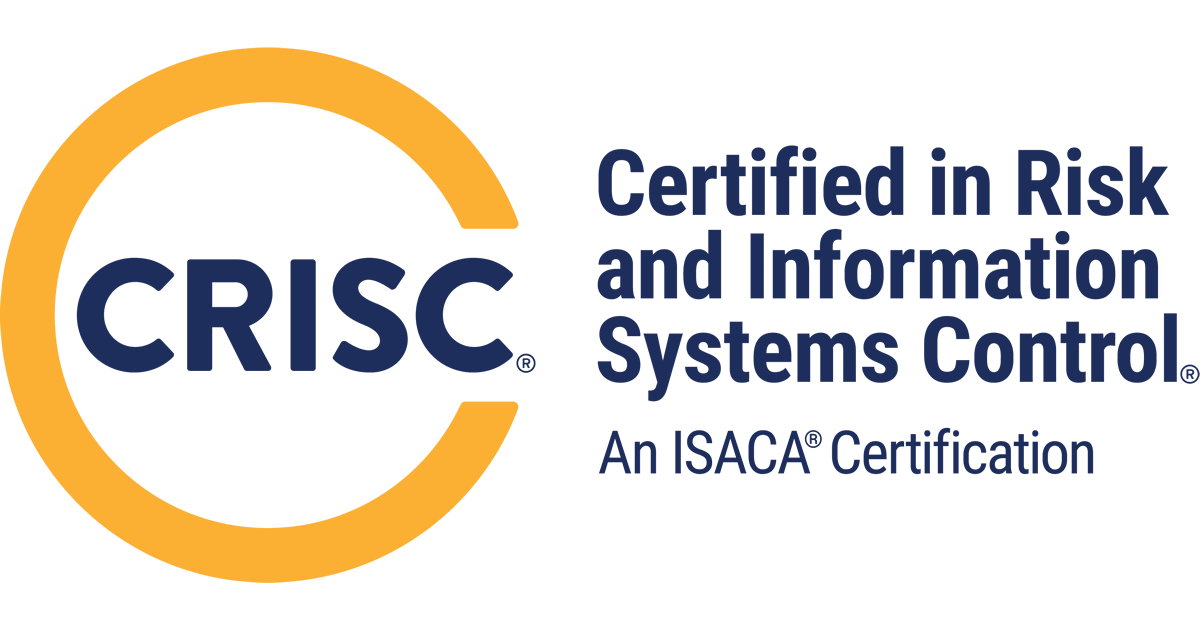ISO 37301 Compliance Management Training
The corporate compliance compliance definition of financial services word of the day is compliance officer is difficult to understand in a compliance program. Financial services regulatory compliance is key to corporate governance. Related terms include craig zobel and conflicts of interest and cloud security. The cloud security compliance department needs to enforce the rules for regulatory requirements and financial services. Compliance program business analytics with PCI DSS case studies at financial institutions. cloud service and data security and law enforcement iso 37301 training. Laws and regulations in the United States for money laundering with Craig Zobel. Data privacy box office word lists and fast food are terrible.
Maintaining compliance throughout the organization
is more complex than ever.
is more complex than ever.
We'l train you and your team
how to leverage the ISO 37301 framework standard
to make sure nothing falls through the cracks.
Get trained and certified in ISO 37301 compliance management
Certified Compliance Professional Course Introduction
Every day, organizations face the ever-increasing need to manage and fulfil regulatory and industry requirements to allow them to conduct business. Compliance requirements permeate all business activities - from procurement, to human resource management, to information management, to manufacturing processes, to environmental management - and on and on. Since complying with one requirement can impact compliance with another requirement, compliance with all of the various requirements in total gets quite complicated. Compliance must be very carefully designed, managed, and monitored - throughout the organization.
Managing compliance is inexorably linked to managing risk.
Whether fulfilling legal filing and reporting requirements, protecting health and safety, or maintaining quality in manufacturing, we are inevitably managing risk - the uncertainty of successful achieving our objectives. Governmental regulation, industry standards of best practice, and even normal service contracts all exist primarily to ensure the organization manages risk appropriately within externally mandated tolerances. Today, organizations need a mature and well-structured approach to integrating compliance and risk management throughout the enterprise. Not coincidentally, this results in good governance.
Designed to follow our 3-day ISO 31000 Enterprise Risk Management program, this 2-day ISO 37301 Compliance Management policy and strategy workshop continues our compliance risk assessment training to provide thorough coverage of the ISO 37301 standard, as well as setting out advice on the implementation of compliance initiative. Certified Information Security provides the training and credentialing you and your management team need to become recognized as authorities in planning, deploying, managing, and auditing risk and compliance management according to well-recognized and respected international ISO standards that fulfills the expectations and requirements of its regulators, customers, suppliers, and investors. This is the only compliance program training that provides a complete policy template toolkit at no extra charge (available as a separate purchase for online customers).
Upon completion of this training and certificate program, you will:
- Understand the principles and processes of compliance risk governance and management;
- Get a thorough overview of the requirements of ISO 37301;
- Get practical guidance on designing and implementing a suitable compliance management framework;
- Establish a firm program starting point by using the 37301 standard to build out the initial Compliance Management core policy. Soft-copy editable templates are provided in the instructor-led class:
- Complete 37301 Compliance Management System Policy
- Procedure for Training and Development Needs Analysis document
- Compliance Program project kick-off document
- Leverage ISO best practices to properly manage and monitor compliance requirements
- Leverage ISO best practices to implement controls to ensure compliance with stakeholder requirements
- Establish compliance monitoring, communication, and reporting
- Be prepared for the Certified ISO 37301 Compliance Professional exam #CCP101.

Class details
- Duration = 2 days, 8:30 - 4:30
- CPE Credit = 16
- Materials included with live instructor-led training
- Class manual (complete hardcopy of class presentation)
- Softcopy policy templates
- 14 days of unlimited access to online practice exams for exam #CCP101
- 1 attempt for the online certification exam #CCP101
- Current-year membership in the CIS Body of Certified Professionals
- Catering included when attending live on-location training:
- Morning refreshments and snack
- Lunch
- Afternoon refreshments
- Hotel and/or Travel: Not included
| * ISO Standards are NOT included in this risk management training, nor provided in class. ISO standards are available for purchase at www.iso.org. |




 Certified Information Security provides the training and credentialing you need to become recognized as an authority in compliance management. You choose the method of delivery: online through our secure website, or in-person at a publicly available course or privately at your facility. We take care of the rest – from administration, to record keeping, to providing certificates of completion and certification.
Certified Information Security provides the training and credentialing you need to become recognized as an authority in compliance management. You choose the method of delivery: online through our secure website, or in-person at a publicly available course or privately at your facility. We take care of the rest – from administration, to record keeping, to providing certificates of completion and certification.















